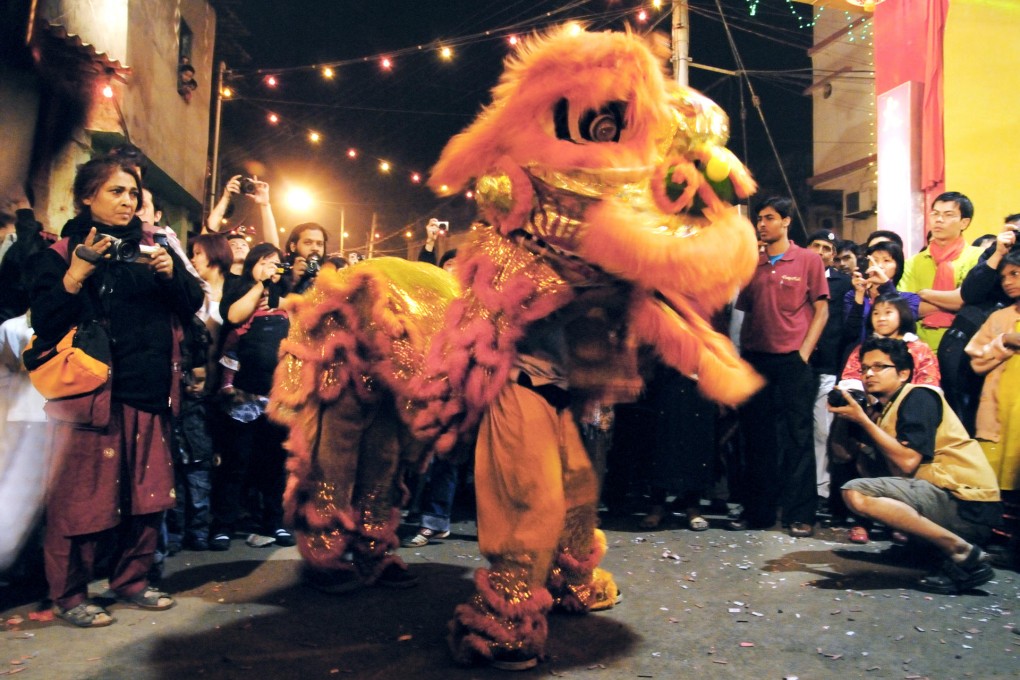City scope: Dancing to a new tune
Charukesi Ramadurai in Calcutta

Paul Chung's voice trails off as he says, "We used to feel at home here …" The president of the Indian Chinese Association is talking about the Tiretta Bazar area, Calcutta's Chinatown.
History has it that, in the 1780s, the first Chinese trader in Calcutta, Tong Atchew, settled in a place now known as Achipur. Tens of thousands of Chinese, mostly of Cantonese and Hakka origin, subsequently flocked to the city to make a living in its bustling port. Many fled in the face of persecution after India's 1962 war with China; today, only 4,500 remain.
Of those, most still live in the city's old and new Chinatown areas, the latter situated in Tangra and now the seat of Calcutta's Chinese leather industry. They celebrate Lunar New Year and the Hungry Ghost Festival with as much gusto as others celebrate Durga Puja and Diwali; but the social edifices - schools, temples, clubs and restaurants - have long been in a state of disrepair.
The Tiretta Bazar area is all set for a facelift, however.
"The Chinese have lived here for generations but they are still not considered a part of this city," says G.M. Kapur, the West Bengal convener of the Indian National Trust for Art and Cultural Heritage (Intach).
Intach's interest in Chinatown as part of an urban regeneration programme now means there is impetus. Kapur says plans include renovating the area's old buildings, including its six Chinese temples, and establishing a museum - perhaps on the grounds of the landmark Toong On temple - and heritage walks.